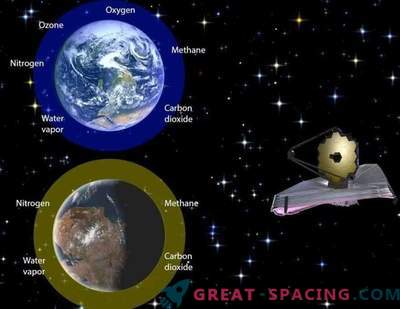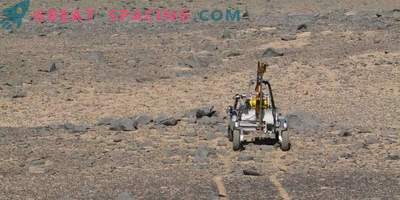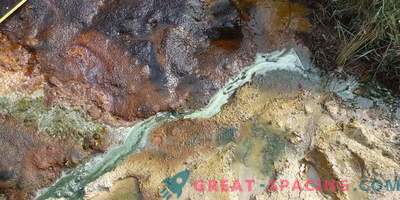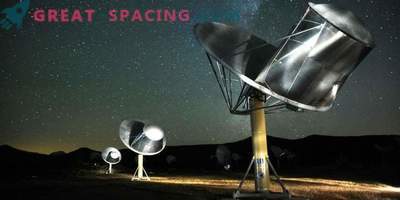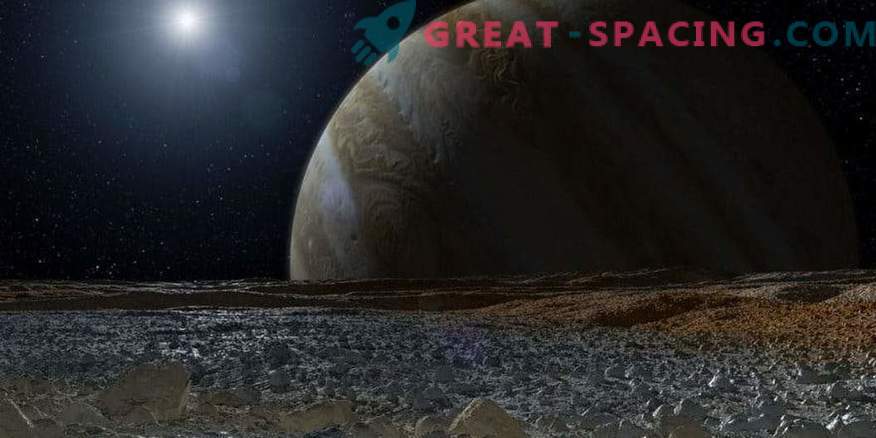
NASA scientists are developing a simple chemical analysis to use it in future robotic missions to search for extraterrestrial biology on foreign worlds.
It would be just great if, when landing on another planet, the rover took a sample with a shovel, placed it in a special chemical analyzer and received a “positive” or “negative” answer on the spot.
But this is far from a fantasy, because scientists from the NASA Jet Propulsion Laboratory in Pasadena (California) are working on a technique that is 10,000 times more sensitive than those currently used on spacecraft.
The focus is on specific types of amino acids bound to life. Researchers suggest mixing samples of liquids collected from foreign surfaces with chemicals known as liquid reagent. Then the mixture is illuminated by a laser that monitors the speed of movement of molecules when exposed to an electric field. Thus, it is possible to identify various types of molecules and do it offline without human intervention.
The method of “capillary electrophoresis” can be used to detect many different types of amino acids simultaneously.
“It improves previous attempts to increase the amount of amino acids in one pass,” says researcher Jessica Kremer. “In addition, we can detect them even in very low concentrations in highly saline samples with a simple mixture, and analyze the whole process.” The team has already tested this technique on the water of the California Mono Lake (salt water with extreme alkalinity) and identified 17 different amino acids.
“It turns out that we can show the difference between amino acids from inanimate sources (meteorites) and living organisms,” said Peter Willis, the project’s principal investigator.
Molecules have two different “chiral characteristics,” which are mirror images. Inorganic sources contain an approximately equal number of “left” and right-handed chiralities, while left-handed amino acids predominate in living amino acids. At least, this corresponds to earthly life.
Now NASA is spending enormous resources to search for life on Mars. We already have evidence that once there was water on the Red Planet, and some of its sources are to this day. If the future mission can take a sample of this salty and toxic water, the analysis will reveal all the secrets.
In addition, it is hoped that the future mission will fly to the moon of Jupiter Europe, which revealed the subsurface ocean. Therefore, chemical analysis can show whether there is still life in the solar system, and in place.




